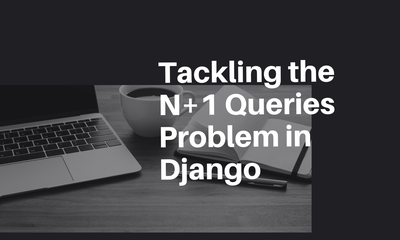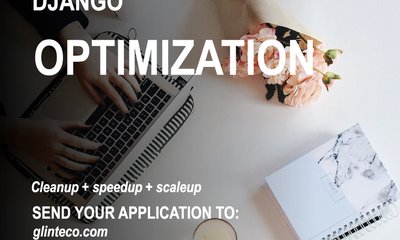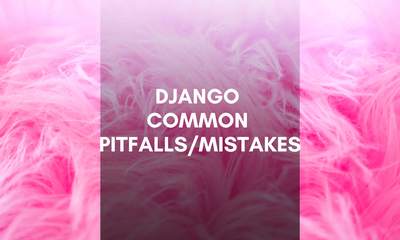From Python/Django to Go/GIN/GORM: Challenges and Trade-offs for Senior Developers
By hientd, at: July 21, 2024, 6 p.m.
Estimated Reading Time: __READING_TIME__ minutes
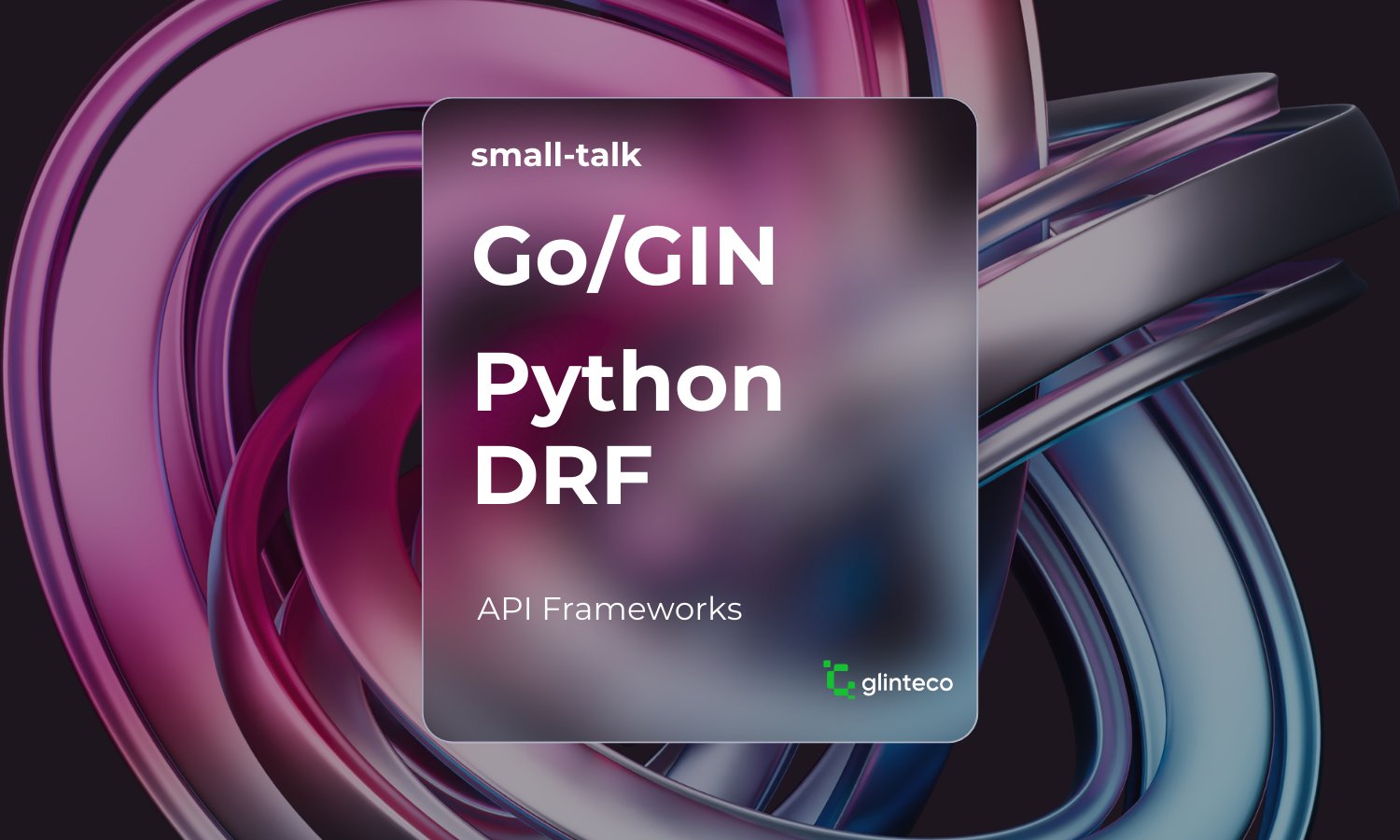
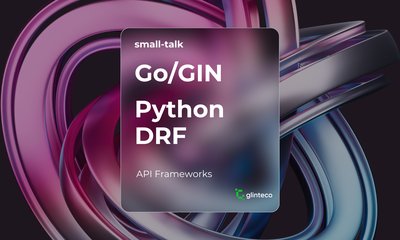
Introduction
As the tech landscape evolves, many developers find themselves exploring new stacks to enhance performance and scalability. Two popular stacks in today's software development world are Python/Django and Go/GIN/GORM.
While Python/Django is renowned for its rapid development capabilities and ease of use, Go/GIN/GORM is celebrated for its performance and efficiency in handling concurrent operations.
This article explores the challenges senior Python/Django developers might face when transitioning to the Go/GIN/GORM stack and the trade-offs involved in making such a switch.
Python/Django: A Quick Overview
Python/Django is a high-level web framework that encourages rapid development and clean, pragmatic design. Known for its "batteries-included" philosophy, Django comes with many built-in features such as an ORM, authentication, and an admin interface, which significantly reduces the time required to build web applications.
- Key Features:
- Rapid Development: Pre-built modules and a high level of abstraction.
- Security: Built-in security features to protect against common threats.
- Scalability: Suitable for both small and large-scale applications.
- Rapid Development: Pre-built modules and a high level of abstraction.
Go/GIN/GORM: A Quick Overview
Go, or Golang, is a statically typed, compiled language designed for simplicity and efficiency, particularly in concurrent operations. GIN is a high-performance HTTP web framework for Go, and GORM is a powerful ORM library for Go. Together, they provide a robust stack for building scalable web applications.
- Key Features:
- Performance: Efficient execution and lower resource consumption.
- Concurrency: Built-in support for concurrent programming.
- Simplicity: Clear syntax and standard library.
- Performance: Efficient execution and lower resource consumption.
Key Differences and Challenges
-
Language Paradigms:
- Python is an interpreted, dynamically typed language with a focus on readability and simplicity.
- Go is a compiled, statically typed language emphasizing performance and explicitness.
- Challenge: Adjusting to static typing and compilation in Go, which can feel cumbersome for developers accustomed to Python's dynamic nature.
- Python is an interpreted, dynamically typed language with a focus on readability and simplicity.
-
Concurrency Model:
- Python uses threading and multiprocessing libraries but has limitations due to the Global Interpreter Lock (GIL).
- Go has goroutines, which are lightweight threads managed by the Go runtime, making concurrent programming more efficient.
- Challenge: Understanding and effectively utilizing goroutines and channels in Go.
- Python uses threading and multiprocessing libraries but has limitations due to the Global Interpreter Lock (GIL).
-
Framework and Libraries:
- Django provides an all-inclusive framework with built-in features.
- GIN/GORM requires more manual setup and configuration, offering more flexibility but also more responsibility.
- Challenge: Learning to configure and integrate various components manually in the Go ecosystem.
- Django provides an all-inclusive framework with built-in features.
-
ORM and Database Handling:
- Django ORM abstracts database interactions, making it easy to switch between different databases.
- GORM offers similar functionalities but with a different syntax and approach.
- Challenge: Adapting to GORM's methods and conventions, which might be less intuitive for Django developers.
- Django ORM abstracts database interactions, making it easy to switch between different databases.
Trade-offs
-
Performance vs. Development Speed:
- Go offers superior performance and concurrency handling, making it suitable for high-load applications.
- Python/Django allows for faster development cycles, which is beneficial for projects with tight deadlines.
- Trade-off: Choosing between high performance and rapid development, depending on project requirements.
- Go offers superior performance and concurrency handling, making it suitable for high-load applications.
-
Flexibility vs. Convenience:
- Go/GIN/GORM provides more control and flexibility over the application architecture.
- Django offers a more convenient and cohesive development experience with its built-in features.
- Trade-off: Deciding whether the additional control in Go justifies the complexity compared to Django's out-of-the-box solutions.
- Go/GIN/GORM provides more control and flexibility over the application architecture.
-
Learning Curve:
- Switching to Go requires time and effort to learn a new language and its idiomatic practices.
- Sticking with Python/Django allows developers to leverage their existing expertise and maintain productivity.
- Trade-off: Investing in learning Go for long-term benefits versus continuing with Python/Django for immediate productivity.
- Switching to Go requires time and effort to learn a new language and its idiomatic practices.
Conclusion
Transitioning from Python/Django to Go/GIN/GORM presents a set of challenges and trade-offs that developers need to carefully consider. While Go offers enhanced performance and concurrency, it requires a significant shift in mindset and development practices.
By understanding these differences and preparing for the associated challenges, senior Python/Django developers can make a smooth transition and harness the full potential of the Go/GIN/GORM stack for their future projects.

